Cleopatra’s Undersea Palace, Sakamoto Ryoma’s Intentions Hidden in the Iroha Maru… Underwater Archaeology Reveals the Truth Lying Beneath the Water
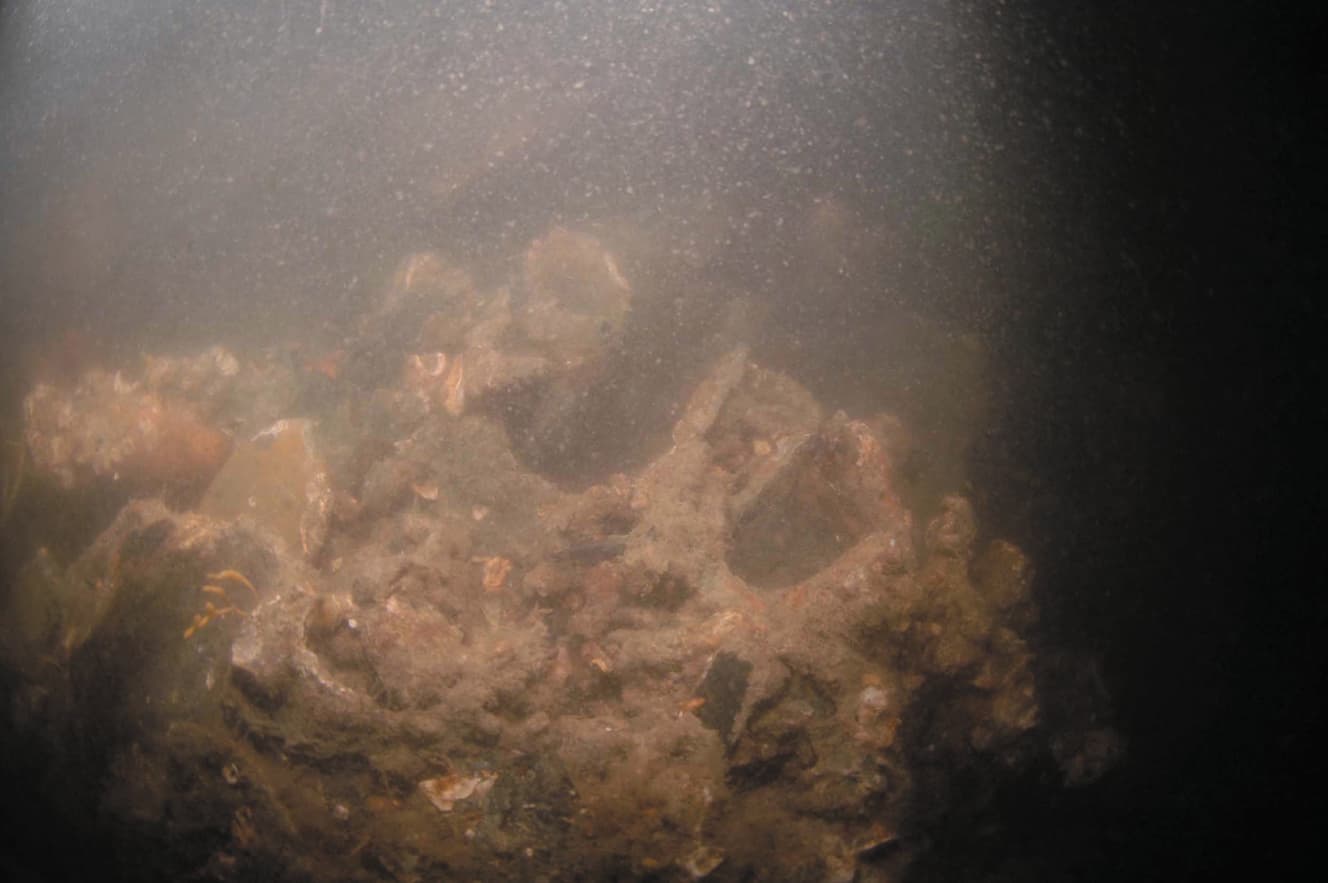
Have you ever heard of underwater archaeology? It is the study of discovering and investigating the remains and artifacts of sunken ships and cities that lie at the bottom of oceans, lakes, and other bodies of water to uncover the mysteries and truths of history. Until recently, sunken ship treasures were the sole domain of underwater adventurers and treasure hunters, and the history of this discipline as a discipline is still very new, only about 60 years old.
It is said that artifacts that have lain underwater are better preserved than those found on land, and are more valuable as documents. We interviewed Takahiko Inoue, author of “Underwater Mystery: Underwater Ruins and Shipwrecks” (Tokyo Shinbunsha), about the romantic episodes surrounding such underwater archaeology. Inoue studied under George Bass, the “father of underwater archaeology,” and was the first Oriental to receive a degree in underwater archaeology in Japan.
This discovery was covered by TBS in Japan in 2002 in a BS program titled “The Undersea Palace of Queen Cleopatra, the City of Legends Reborn. In the program, which also featured Inoue, actress Michiko Haneda actually dove into the site.
The local guide took her by the hand and dived, and she said, ‘I couldn’t see anything. I think I understand why we have not been able to discover the site so far, even though it is in such shallow water. The site was not much deeper than 10 meters. However, the water was very muddy and further covered with sand and mud, which delayed the investigation and discovery. Also, the proximity of a military base was another reason why the site could not be investigated.”
In a survey conducted in 1996, the remains of the palace of the Ptolemaic dynasty (c. 305 – 30 BC), the palace of Cleopatra, the last queen of the same dynasty, and the residence of Antonius, a Roman soldier who was her lover were found. The very setting of the historical story has been brought back to life in the present day.
Cleopatra has many famous episodes that have become the subject of novels and movies, such as her love affair with Caesar and Antonius. If we could find household items or other items that Cleopatra actually used and loved ……, it would make it more realistic and stir romance. Some of the items would remain because they are underwater.
As for Cleopatra, no tomb has been found, and we don’t know where it is. Cleopatra’s last will and testament was to be ‘buried next to Antonius,’ so if Cleopatra’s tomb is found, Antonius may also be laid to rest near it. I don’t know if we will find something that great, like Tutankhamen. It is such a site where we might be able to feel Cleopatra’s breath. However, it is said that this research will take about 100 years from now, and of course, it is still under investigation.
Famous examples of underwater archaeological research in Japan include the Kaiyo Maru, a warship from the end of the Edo period whose cannons were salvaged in 1975 in Esashi Town, Hokkaido, and the Takashima Underwater Ruins in Nagasaki Prefecture, where a Genko ship was discovered in 1911 after 30 years of research. However, the “Iroha Maru,” discovered in 1988, is also famous for revealing the truth of history.
In 1867, the steamship Irohamaru, which was carrying Sakamoto Ryoma’s cargo for trade with the Kameyama Shachu Kaientai, collided with the Kishu Clan’s warship Meikomaru in the Seto Inland Sea and sank, along with all of its cargo.
The Tomonoura Association, a town revitalization group in Tomonoura, Fukuyama City, Hiroshima Prefecture, conducted an investigation based on a local legend that a Chinese ship had sunk in the sea, and discovered the ship in 1988. The Tomo Tomo was discovered in 1988 by a group called the “Tomo Aoi Kai (Society for the Love of Tomo),” which was based on a local tradition that a Chinese boat had sunk offshore. This is a rare example of a discovery made by an amateur. Parts of the ship, coal, ceramics, and other items were salvaged from the Iroha Maru, which was found at a depth of 27 meters off the coast of Fukuyama City, and a boiler was also identified.
Some of you may have heard of the events surrounding the Iroha Maru accident as the “Iroha Maru Incident. Sakamoto was forced to pay a hefty sum of 83,000 ryo in compensation from the Kishu clan for violating international law by claiming that there was not a single lookout on the deck of the Meikomaru. The story goes that Sakamoto, an ordinary ex-convict ronin, turned the tables on the big three clans and won handsomely. However, the investigation of the Irohamaru case revealed an unexpected truth.
The bulk of the compensation was for 400 Mini-A guns, the most advanced guns of the time, which the Iroha Maru was said to have carried. However, according to Chairman Yoshizaki, not a single Mini-A gun was found. If a few guns had turned up as a result of the investigation, the story might have been different. However, no guns turned up at all ……. From this, we can infer that the story of the 400 mini-A guns may have been a first-class bluff or tactic by Ryoma against the Kishu Clan. In this light, the investigation of the Irohamaru reveals what a poignant character Ryoma was.
Even at the end of the Edo period, when the country was moving toward modernization while wondering whether it should open up to the outside world, the Kishu clan probably had no choice but to confront Ryoma with the Universal Declaration of Human Rights, which was a fundamental international law. It seems that this was the first case in Japan where compensation was taken for a maritime accident.”
Underwater archaeology has the potential to dig up history and shed light on the truth, but the actual depth of human exploration and investigation is limited to 50 meters at most. However, Inoue says that advances in science and technology have now made it possible to reach much deeper depths.
It is revolutionary that we can now search down to a depth of 3,800 meters, like on the Titanic,” Inoue said. Unfortunately, there was an accident on a recent tour to see the Titanic in deep water…. As for the Titanic, my mentor, Mr. George Bass, actually went to see it aboard the Russian submersible Mir, but he was still anxious.
He had a family meeting beforehand, and his wife and eldest son were against it, while his second son agreed. When we dove into the deep sea,” Bass said, “it was like a space flight. I don’t know how astronauts feel, but 3800 meters deep is daunting. I heard it was pitch black.
Even though the Titanic is a special case, it is possible to survey at depths as deep as 100 m using sonar and underwater robots, etc. Underwater archaeology in the 21st century will be more about the deep and inaccessible …… and the “deep sea,” so to speak. I believe that underwater archaeology in the 21st century will move in the direction of “deep-sea” archaeology, that is, to places that are deeper and more inaccessible to the naked eye.
There are mysteries that have yet to be revealed on the surface of the earth, but there are probably even more untapped areas underwater for mankind.
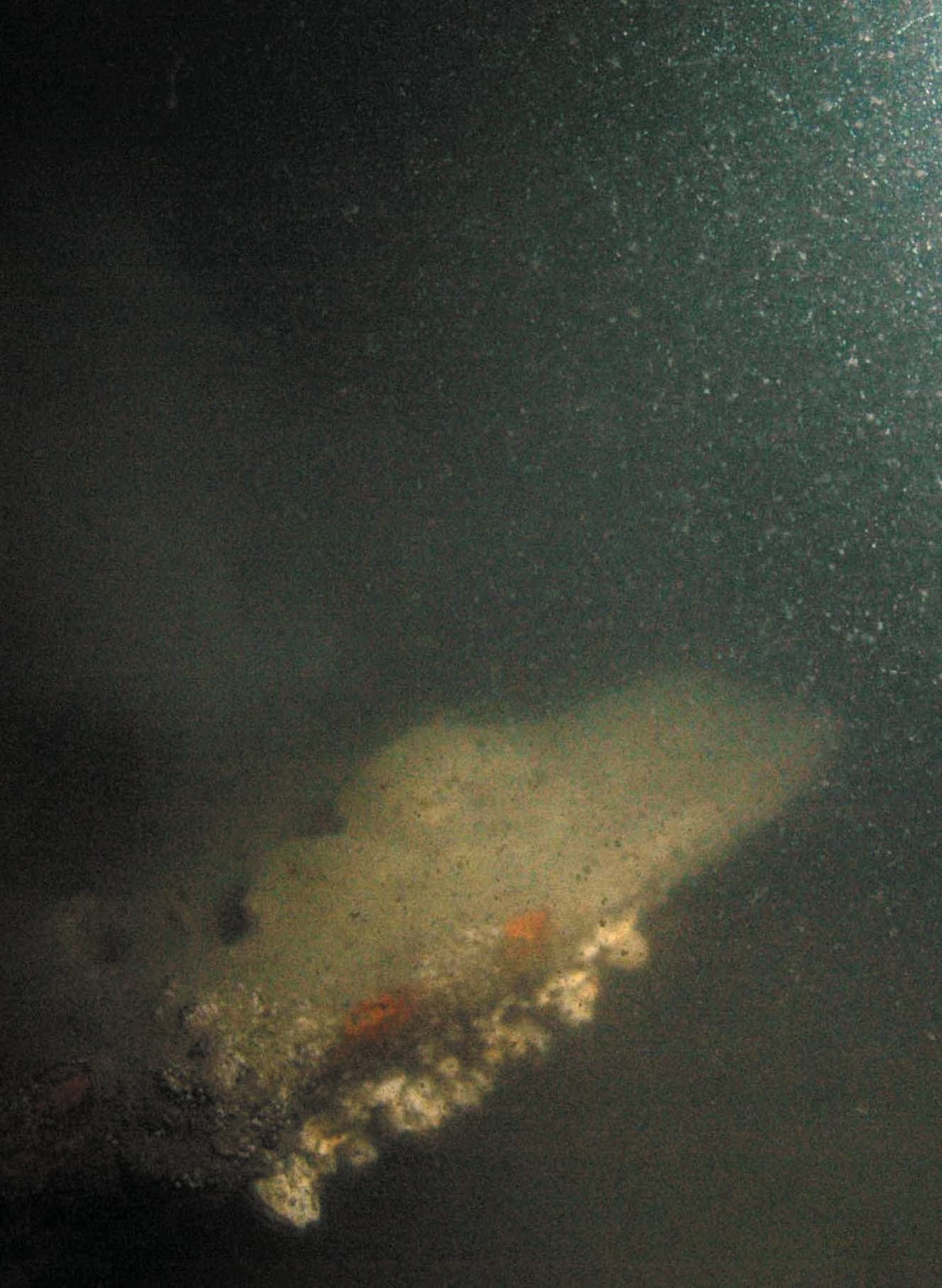
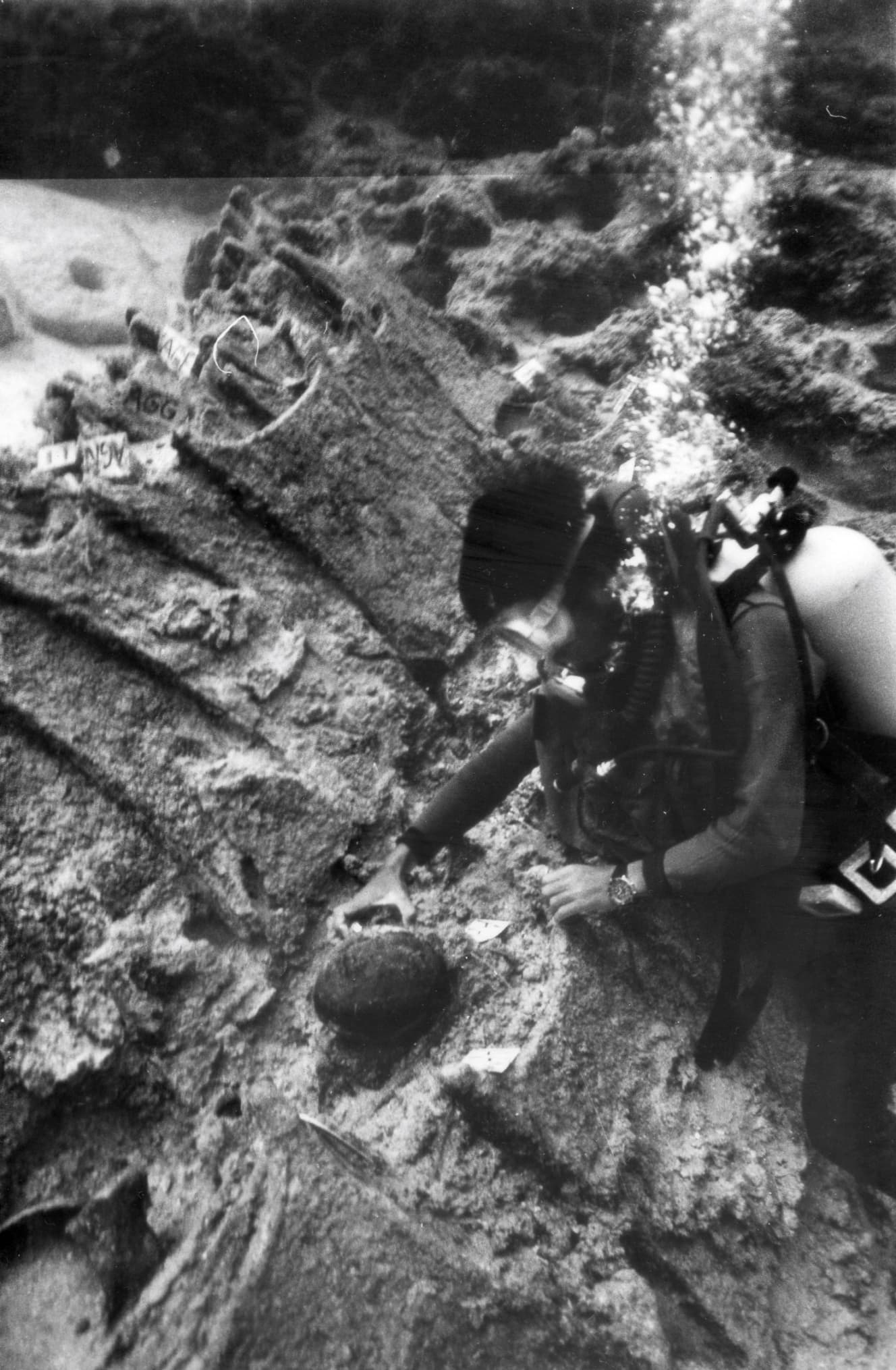
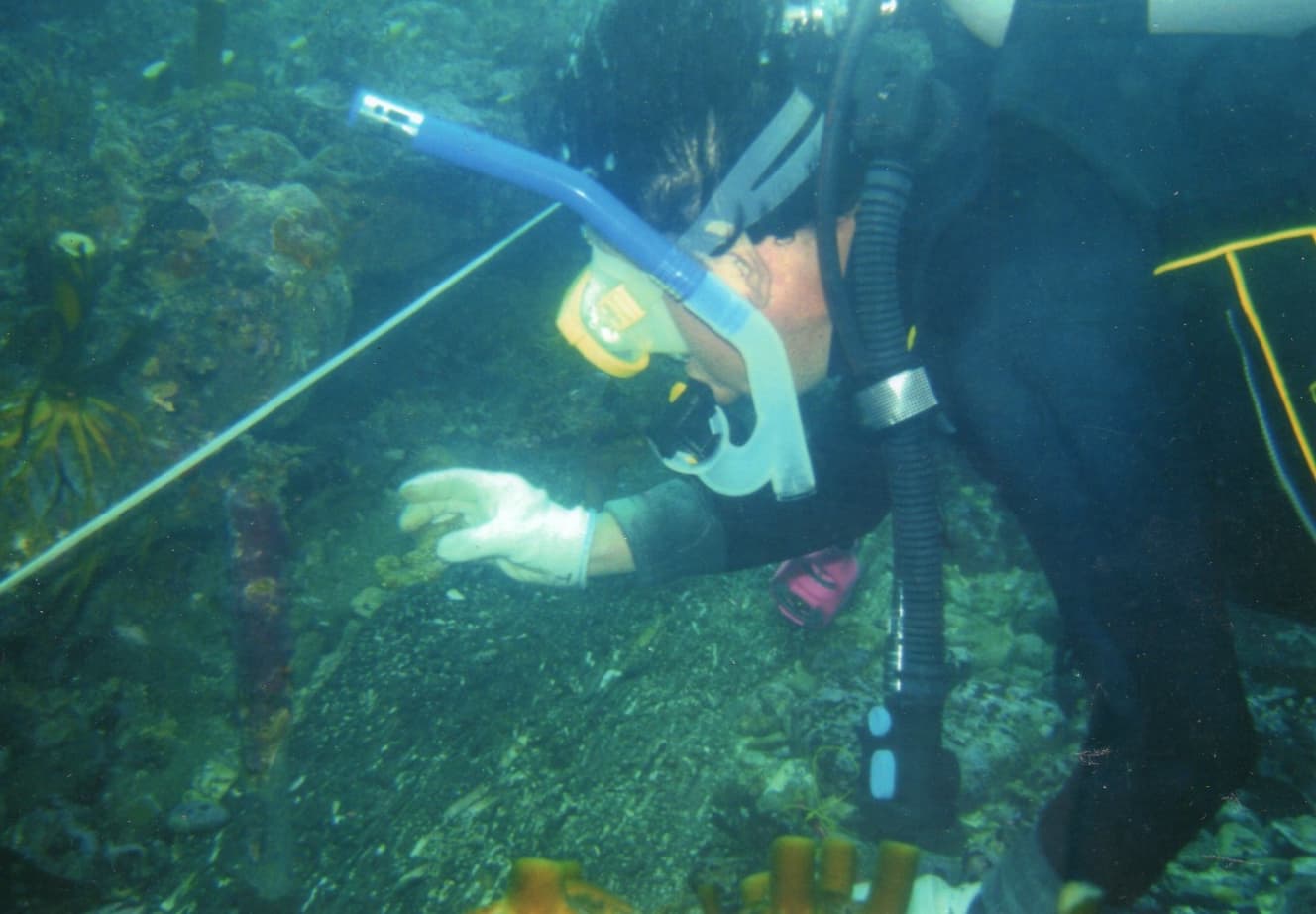
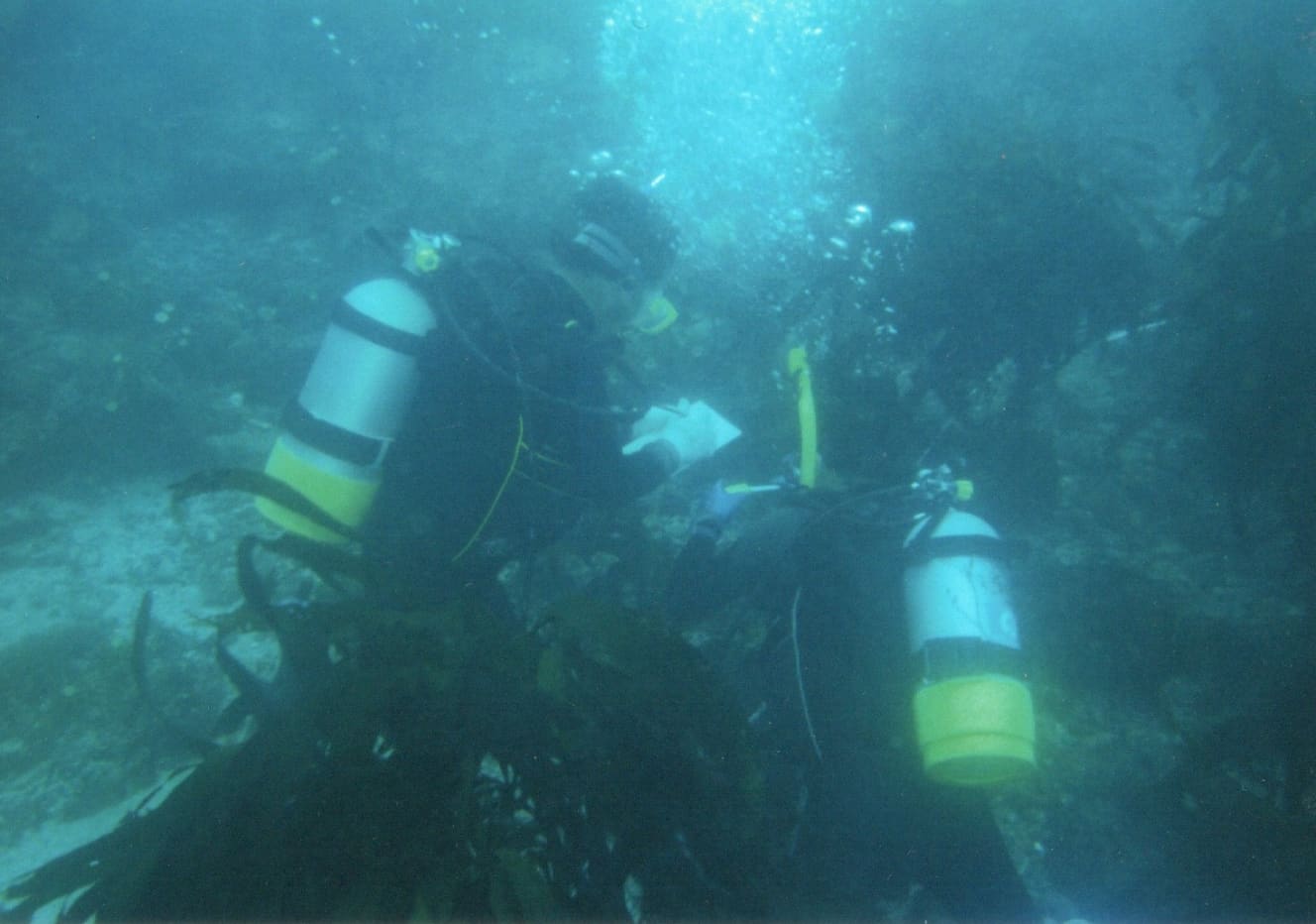
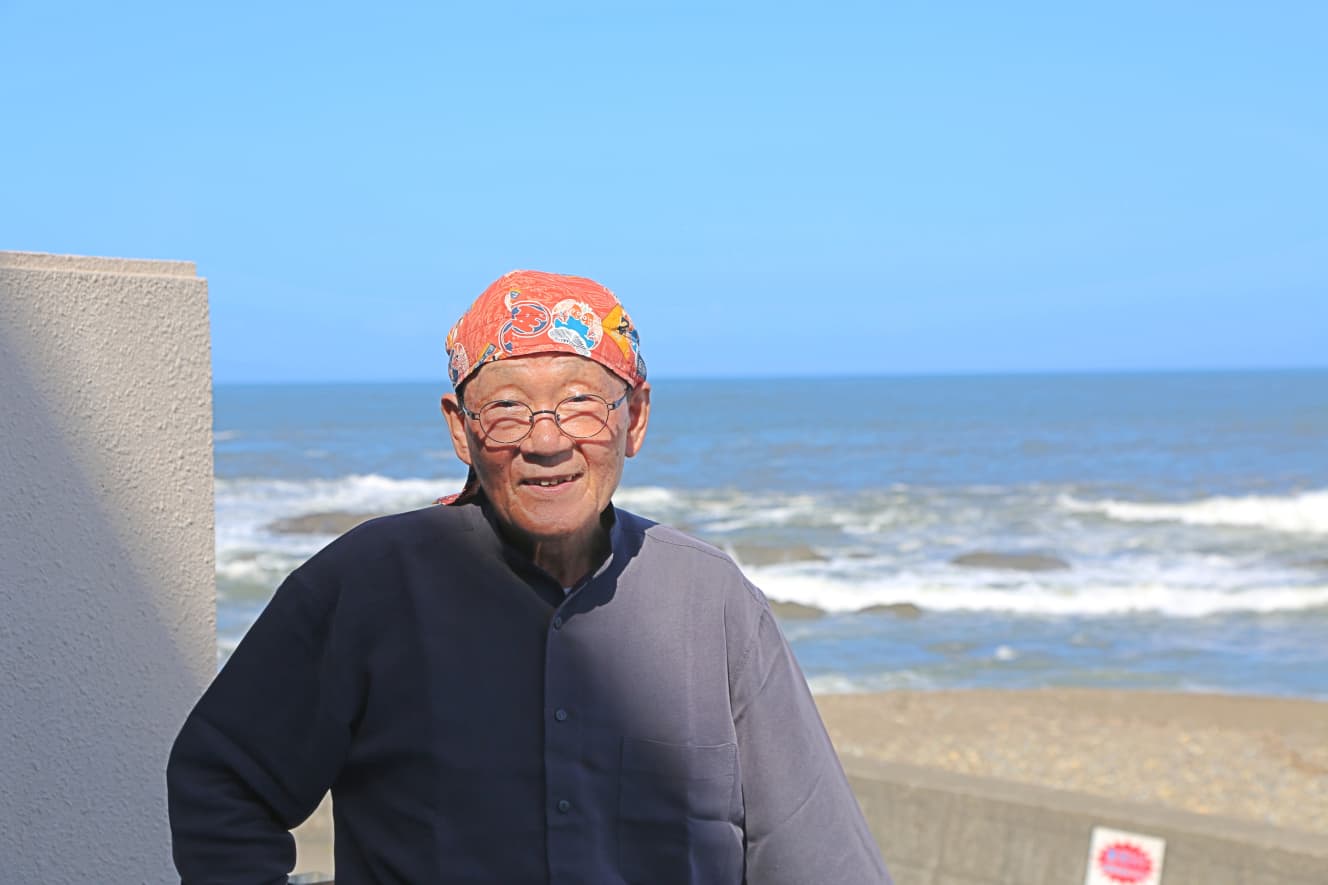
: